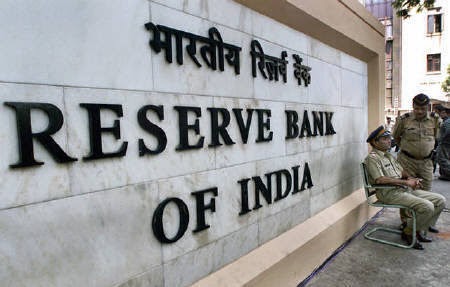The Reserve bank of India (RBI) on February 12, 2018 has revised the new stressed assets framework to tighten its rules around bank loan defaults and asked banks to immediately identify defaults and make disclosures every Friday to the RBI credit registry from February 23.
In order to accelerate resolution of the bad loans problem at Indian Banks, the RBI has abolished half a dozen existing loan-restructuring mechanisms which includes Corporate Debt Restructuring Scheme, Flexible Structuring of Existing Long Term Project Loans, Strategic Debt Restructuring Scheme (SDR), Framework for Revitalising Distressed Assets, Change in Ownership outside SDR, and Scheme for Sustainable Structuring of Stressed Assets (S4A) and the Joint Lenders’ Forum (JLF) with immediate effect.
RBI, according to its release, said that in view of the enactment of the Insolvency and Bankruptcy Code, 2016 (IBC), it has been decided to substitute the existing guidelines with a harmonised and simplified generic framework for resolution of stressed assets.
Revised Framework
Early identification and reporting of stress
As per the RBI circular, lenders shall identify incipient stress in loan accounts, immediately on default, by classifying stressed assets as special mention accounts (SMA) as per the following categories:
| SMA Sub-categories | Basis for classification – Principal or interest payment or any other amount wholly or partly overdue between |
| SMA-0 | 1-30 days |
| SMA-1 | 31-60 days |
| SMA-2 | 61-90 days |
The RBI said that lenders shall report credit information, including classification of an account as SMA to Central Repository of Information on Large Credits (CRILC) on all borrower entities having aggregate exposure of Rs 50 million (Rs 5 crore) and above with them.
The CRILC-Main Report will now be submitted on a monthly basis with effect from April 1, 2018.
In addition, the lenders shall report to CRILC, all borrower entities in default (with aggregate exposure of Rs 5 crore and above), on a weekly basis, at the close of business on every Friday.
If Friday happens to be a holiday in that particular week then on the preceding working day. The first such weekly report shall be submitted for the week ending February 23.
Timelines for large accounts
In respect of accounts with aggregate exposure of the lenders at Rs 2,000 crore and above, on or after March 1 (Reference date), including accounts where resolution may have been initiated under any of the existing schemes as well as accounts classified as restructured standard assets which are currently in respective specified periods, the Resolution Plan (RP) shall be implemented as per following timelines.
- i) If in default as on the reference date, then 180 days from the reference date.
- ii) If in default after the reference date, then 180 days from the date of first such default.
Immediate Resolution Plan
The central bank has asked all lenders to put in place Board-approved policies for resolution of stressed assets under this framework, including the timelines for resolution.
As soon as there is a default in the borrower entity’s account with any lender, all lenders (singly or jointly)shall initiate steps to cure the default.
As per the RBI, the resolution plan (RP) may involve any actions / plans / reorganization including, but not limited to, regularisation of the account by payment of all over dues by the borrower entity, sale of the exposures to other entities / investors, change in ownership, or restructuring.
Supervision from RBI
RBI said that if there is any failure from the lenders in meeting the prescribed timelines or any actions by lenders with an intent to conceal the actual status of accounts or evergreen the stressed accounts, will be subjected to stringent supervisory/enforcement actions.



